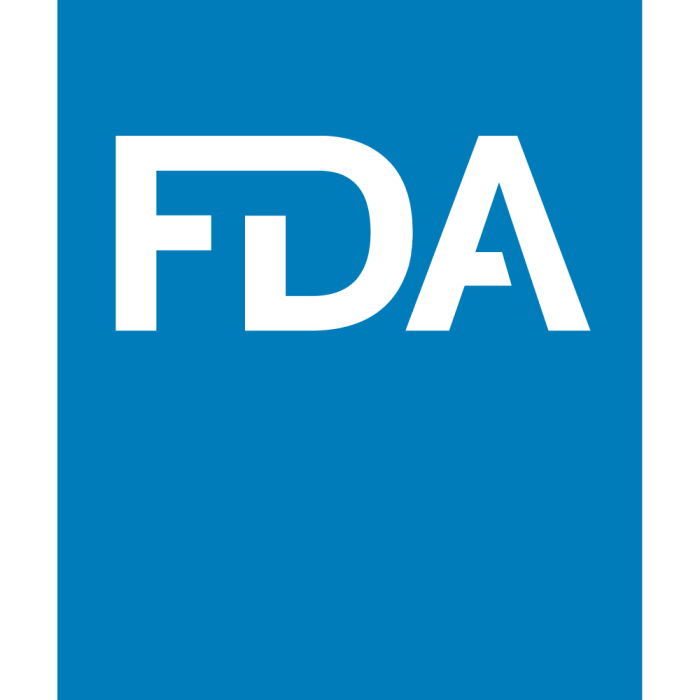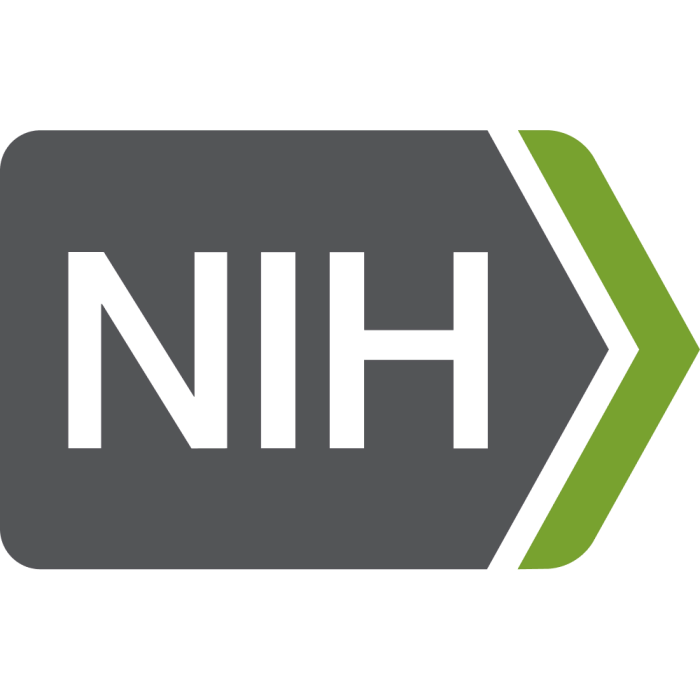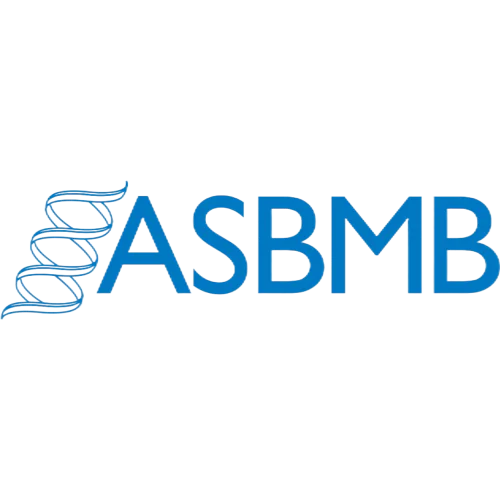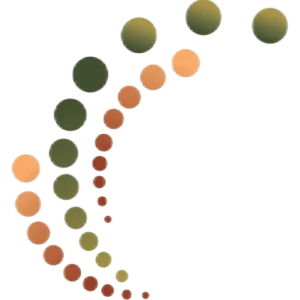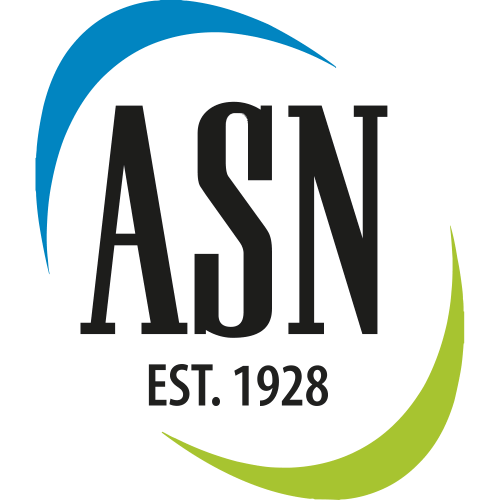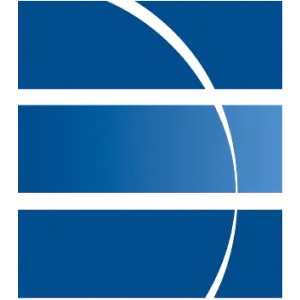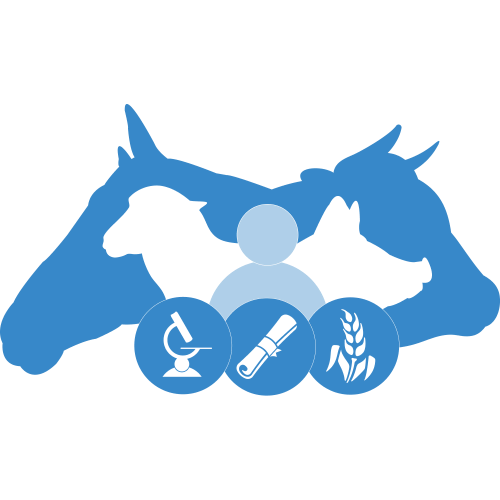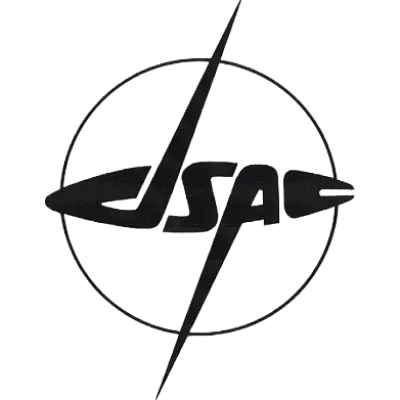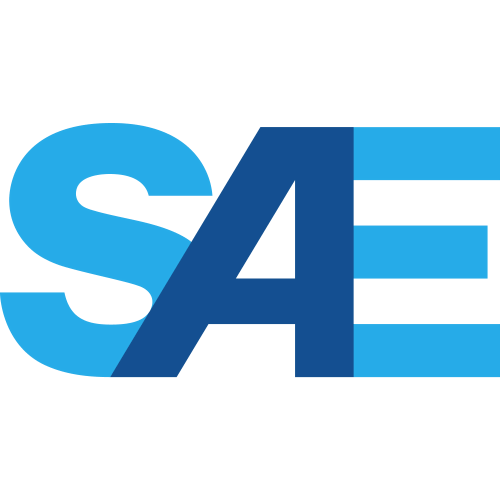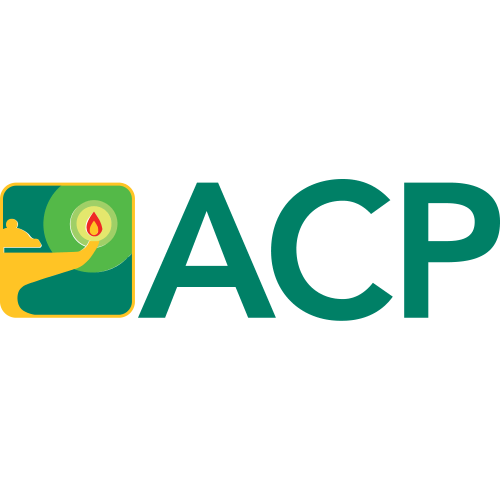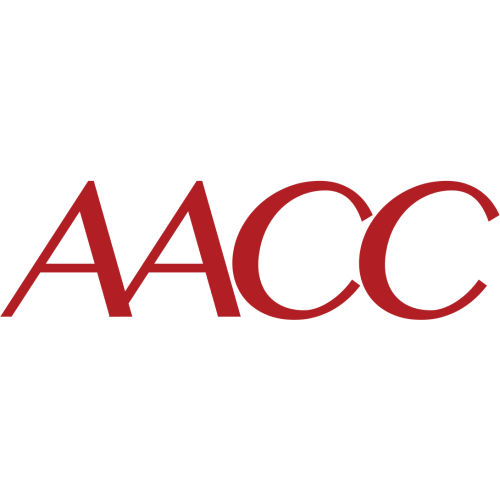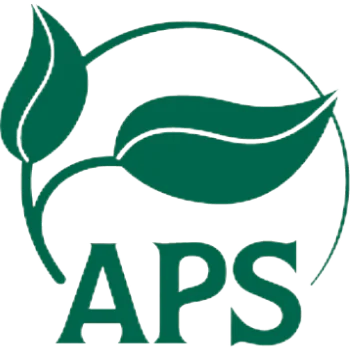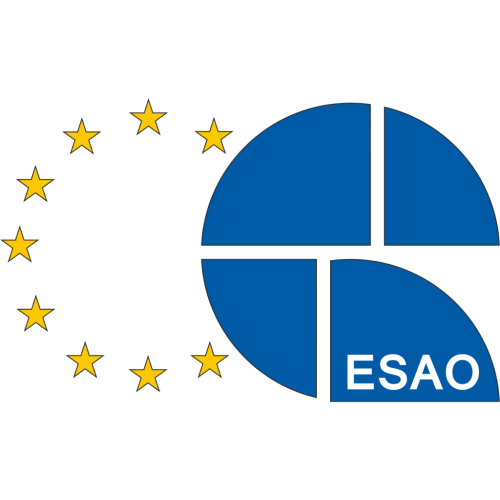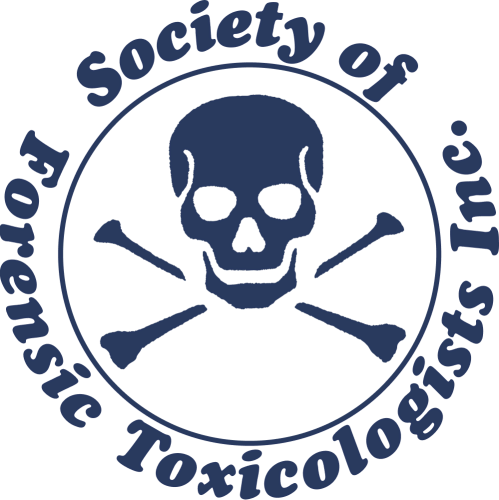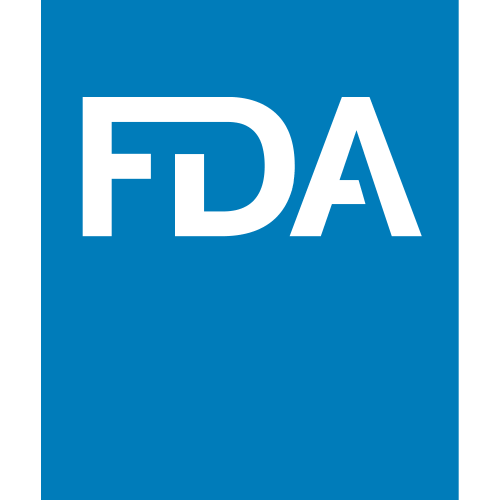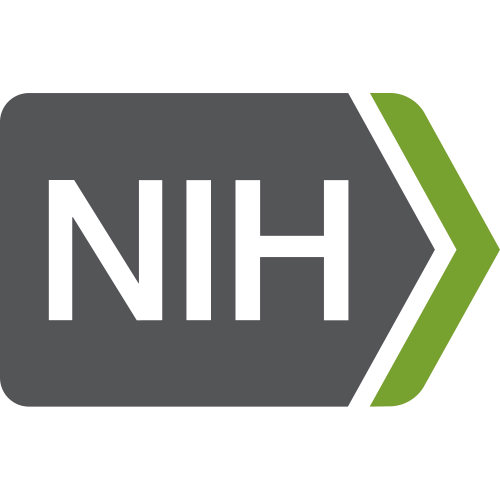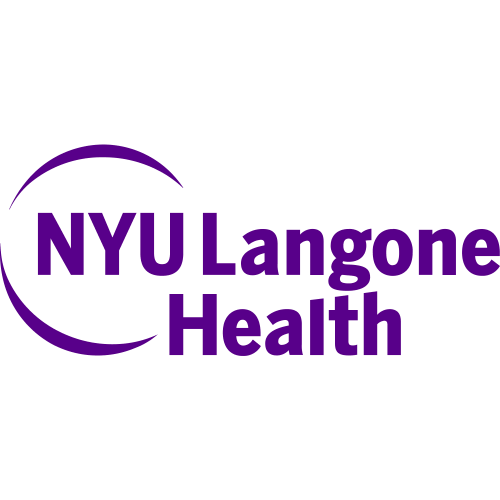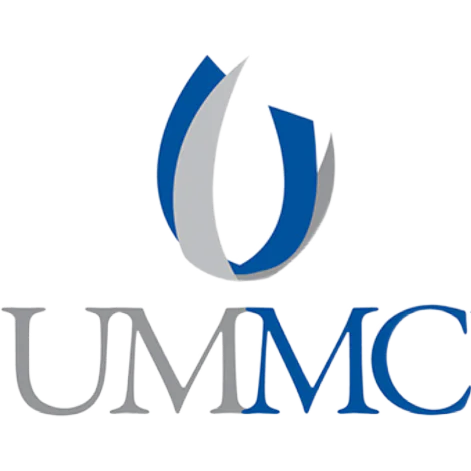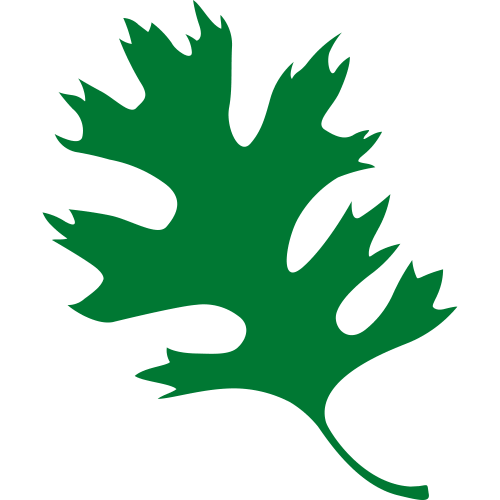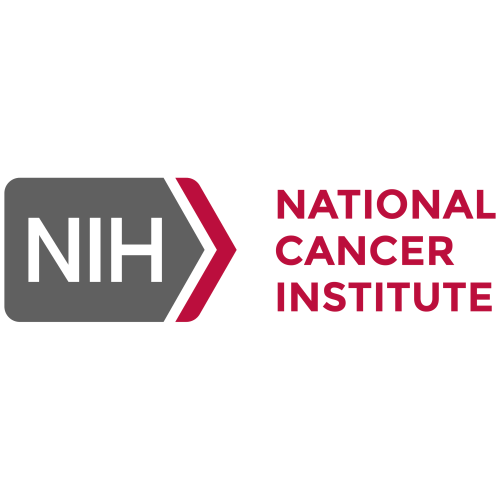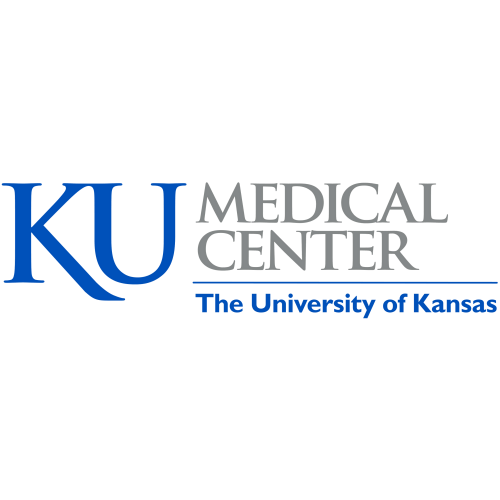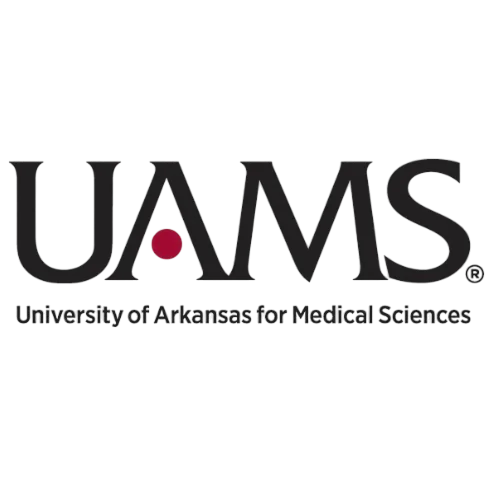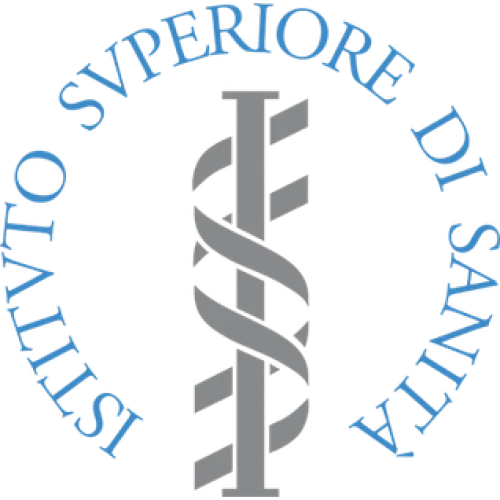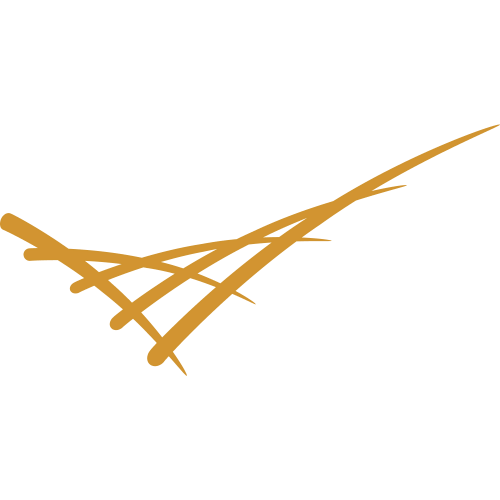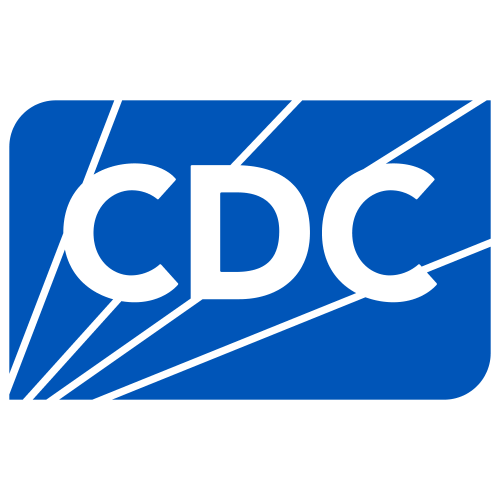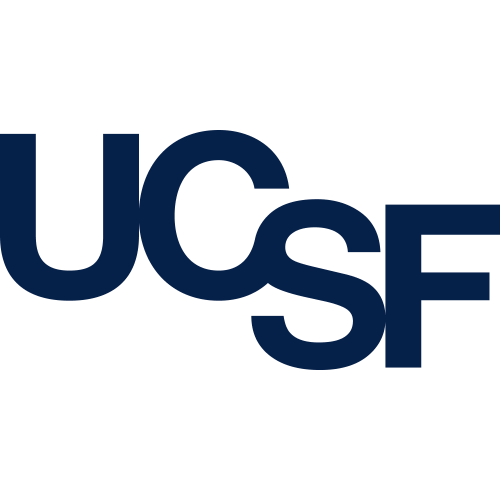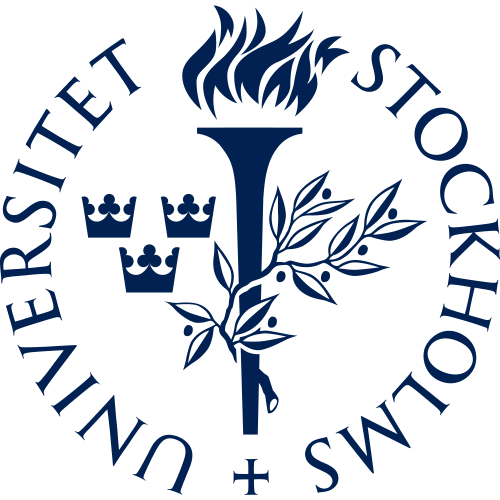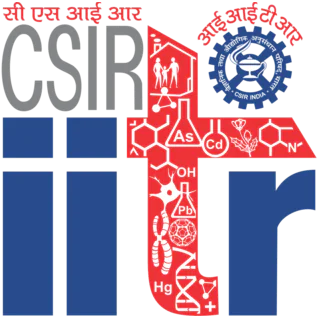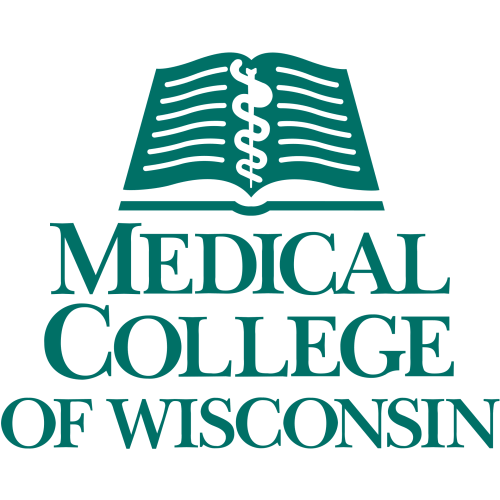|
|
|
|
Food and Drug Administration
50 publications, 1.81%
|
|
|
Michigan State University
39 publications, 1.41%
|
|
|
National Institute of Environmental Health Sciences
38 publications, 1.37%
|
|
|
National Institute for Occupational Safety and Health
33 publications, 1.19%
|
|
|
University of California, Davis
25 publications, 0.9%
|
|
|
New York University Langone Health
22 publications, 0.79%
|
|
|
University of Mississippi Medical Center
22 publications, 0.79%
|
|
|
Cornell University
20 publications, 0.72%
|
|
|
Johns Hopkins University
19 publications, 0.69%
|
|
|
Rutgers, The State University of New Jersey
19 publications, 0.69%
|
|
|
University of California, Irvine
18 publications, 0.65%
|
|
|
University of Texas Medical Branch
18 publications, 0.65%
|
|
|
Université de Montréal
18 publications, 0.65%
|
|
|
West Virginia University
17 publications, 0.61%
|
|
|
Texas A&M University
17 publications, 0.61%
|
|
|
University of Washington
16 publications, 0.58%
|
|
|
Oak Ridge National Laboratory
16 publications, 0.58%
|
|
|
University of Nebraska Medical Center
16 publications, 0.58%
|
|
|
Duke University Hospital
15 publications, 0.54%
|
|
|
University of California, Los Angeles
15 publications, 0.54%
|
|
|
University of Kentucky
15 publications, 0.54%
|
|
|
Oregon State University
14 publications, 0.51%
|
|
|
Vanderbilt University
14 publications, 0.51%
|
|
|
National Institute for Environmental Studies
14 publications, 0.51%
|
|
|
National Cancer Institute
14 publications, 0.51%
|
|
|
University of Kansas Medical Center
14 publications, 0.51%
|
|
|
University of Illinois Urbana-Champaign
13 publications, 0.47%
|
|
|
Virginia Commonwealth University Medical Center
13 publications, 0.47%
|
|
|
University of Arkansas for Medical Sciences
13 publications, 0.47%
|
|
|
Agricultural Research Service
13 publications, 0.47%
|
|
|
University of Wisconsin–Madison
12 publications, 0.43%
|
|
|
Pennsylvania State University
11 publications, 0.4%
|
|
|
Western University
11 publications, 0.4%
|
|
|
Istituto Superiore di Sanità
10 publications, 0.36%
|
|
|
Pacific Northwest National Laboratory
10 publications, 0.36%
|
|
|
Washington State University
10 publications, 0.36%
|
|
|
University of Arizona
10 publications, 0.36%
|
|
|
University of Michigan
10 publications, 0.36%
|
|
|
McGill University
10 publications, 0.36%
|
|
|
University of Cincinnati
10 publications, 0.36%
|
|
|
University of Southern California
9 publications, 0.33%
|
|
|
North Carolina State University
9 publications, 0.33%
|
|
|
Wayne State University
9 publications, 0.33%
|
|
|
Frederick National Laboratory for Cancer Research
9 publications, 0.33%
|
|
|
Purdue University
9 publications, 0.33%
|
|
|
University of Iowa
9 publications, 0.33%
|
|
|
Virginia Tech
8 publications, 0.29%
|
|
|
Ohio State University
8 publications, 0.29%
|
|
|
University of Guelph
8 publications, 0.29%
|
|
|
University of North Carolina at Chapel Hill
8 publications, 0.29%
|
|
|
Université du Québec à Montréal
8 publications, 0.29%
|
|
|
University of Pittsburgh
8 publications, 0.29%
|
|
|
Centers for Disease Control and Prevention
8 publications, 0.29%
|
|
|
Massachusetts Institute of Technology
7 publications, 0.25%
|
|
|
University of California, San Francisco
7 publications, 0.25%
|
|
|
Thomas Jefferson University
7 publications, 0.25%
|
|
|
Nagoya City University
7 publications, 0.25%
|
|
|
Wright State University
7 publications, 0.25%
|
|
|
University of Rochester
7 publications, 0.25%
|
|
|
University of Missouri
7 publications, 0.25%
|
|
|
University of Genoa
6 publications, 0.22%
|
|
|
Stockholm University
6 publications, 0.22%
|
|
|
Brookhaven National Laboratory
6 publications, 0.22%
|
|
|
University of California, Berkeley
6 publications, 0.22%
|
|
|
Harvard University
6 publications, 0.22%
|
|
|
University at Buffalo, State University of New York
6 publications, 0.22%
|
|
|
Wake Forest University
6 publications, 0.22%
|
|
|
University of Tennessee
6 publications, 0.22%
|
|
|
University of Georgia
6 publications, 0.22%
|
|
|
Oklahoma State University
6 publications, 0.22%
|
|
|
University of Idaho
6 publications, 0.22%
|
|
|
Indian Institute of Toxicology Research
5 publications, 0.18%
|
|
|
Université Catholique de Louvain
5 publications, 0.18%
|
|
|
University of Copenhagen
5 publications, 0.18%
|
|
|
University of Pavia
5 publications, 0.18%
|
|
|
Argonne National Laboratory
5 publications, 0.18%
|
|
|
Colorado State University
5 publications, 0.18%
|
|
|
University of Texas at Austin
5 publications, 0.18%
|
|
|
University of South Florida
5 publications, 0.18%
|
|
|
Icahn School of Medicine at Mount Sinai
5 publications, 0.18%
|
|
|
University of British Columbia
5 publications, 0.18%
|
|
|
University of Barcelona
5 publications, 0.18%
|
|
|
University of Louisville
5 publications, 0.18%
|
|
|
University of Cincinnati Medical Center
5 publications, 0.18%
|
|
|
University of Connecticut
5 publications, 0.18%
|
|
|
Karlsruhe Institute of Technology
4 publications, 0.14%
|
|
|
George Washington University
4 publications, 0.14%
|
|
|
Eastern Washington University
4 publications, 0.14%
|
|
|
New York University
4 publications, 0.14%
|
|
|
Semmelweis University
4 publications, 0.14%
|
|
|
Baylor College of Medicine
4 publications, 0.14%
|
|
|
University of Waterloo
4 publications, 0.14%
|
|
|
University of Minnesota
4 publications, 0.14%
|
|
|
University of Tokyo
4 publications, 0.14%
|
|
|
Medical College of Wisconsin
4 publications, 0.14%
|
|
|
Mie University
4 publications, 0.14%
|
|
|
University of Florida
4 publications, 0.14%
|
|
|
Murray State University
4 publications, 0.14%
|
|
|
Mississippi State University
4 publications, 0.14%
|
|
|
Texas Tech University Health Sciences Center
4 publications, 0.14%
|
|
|
|
|



